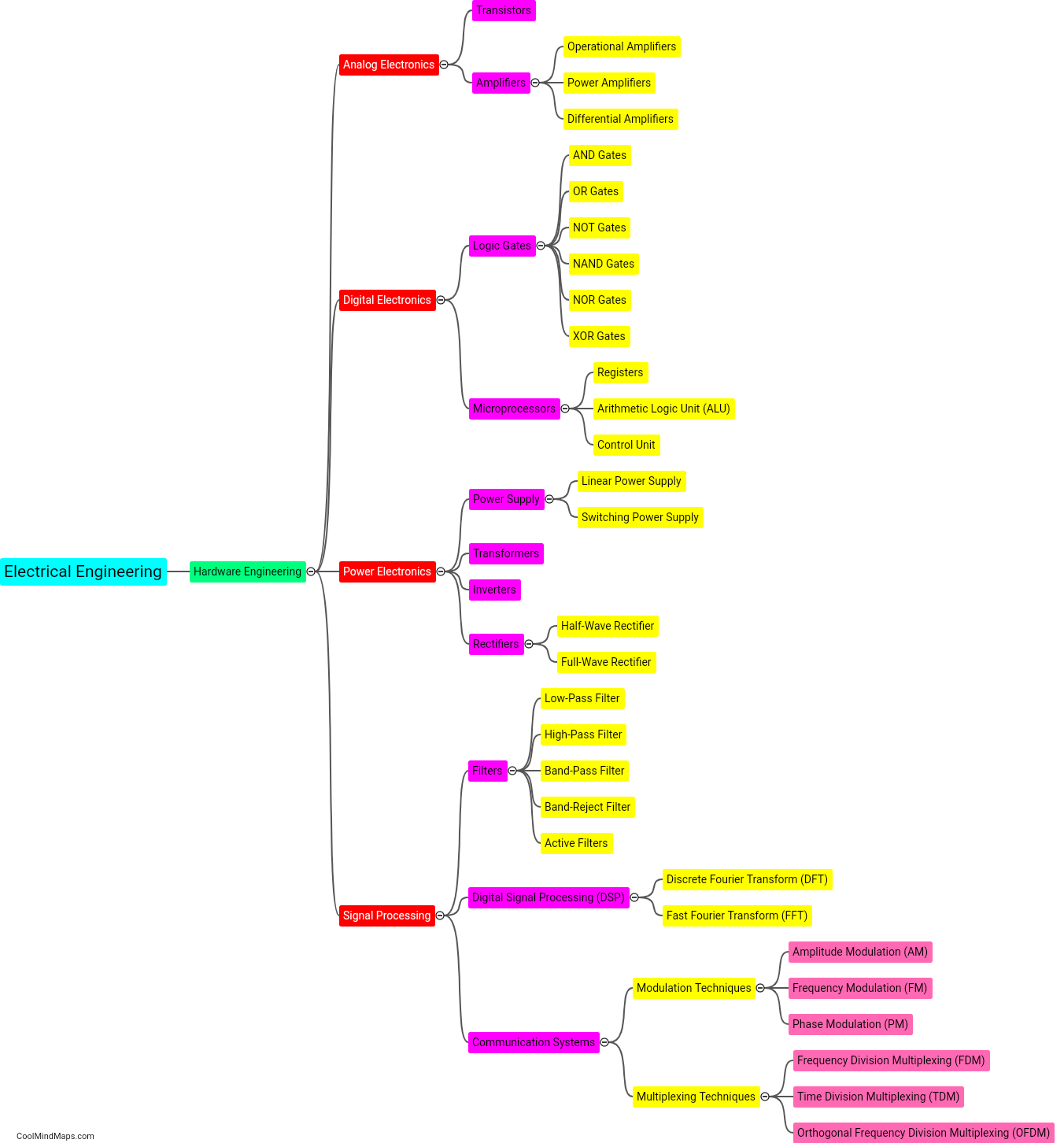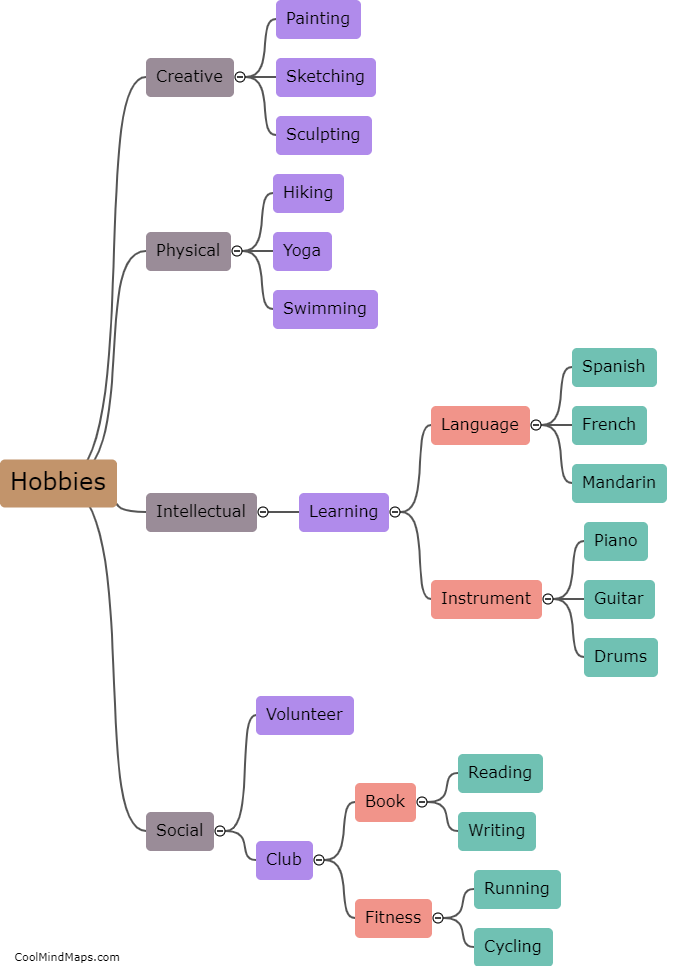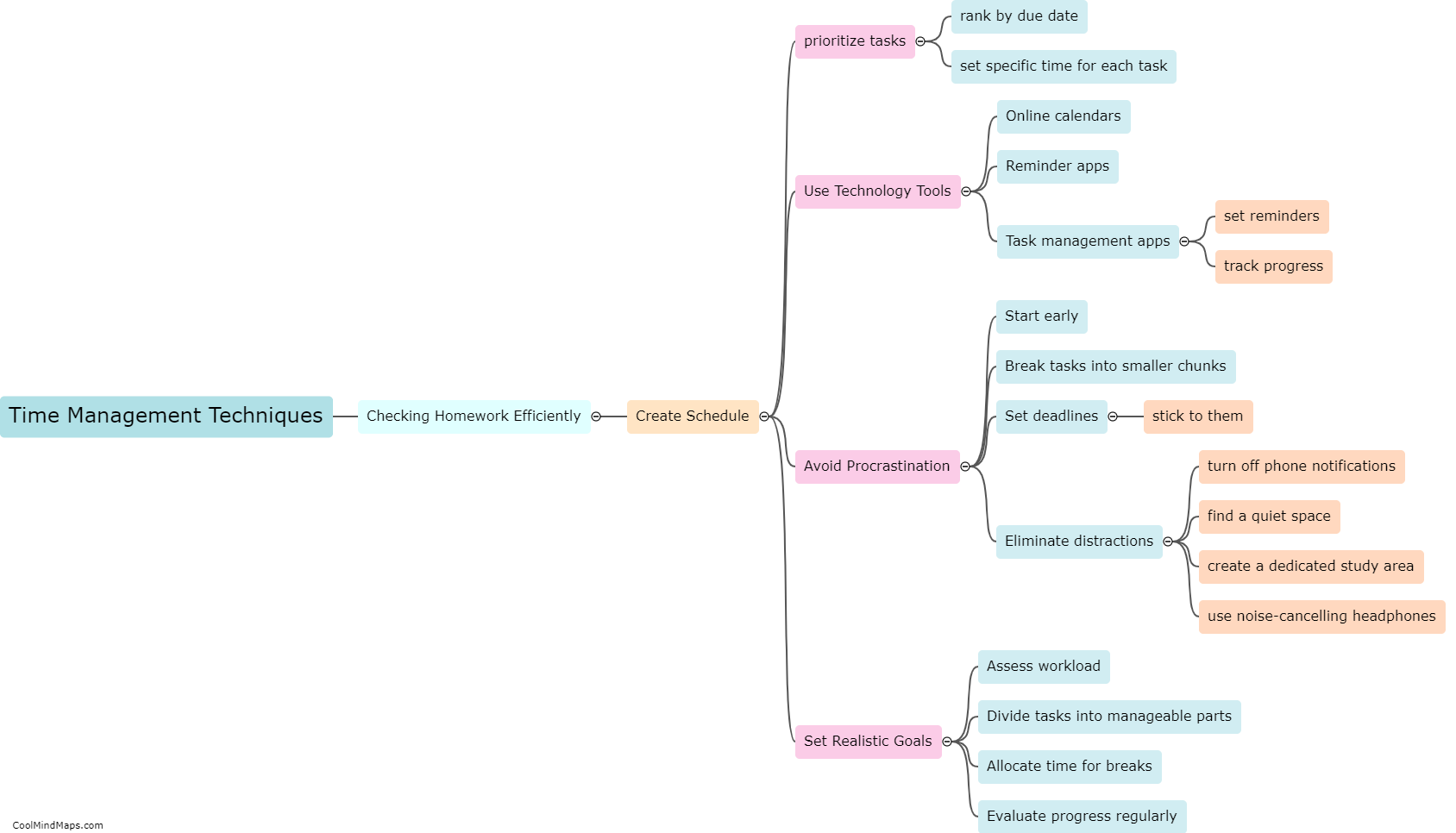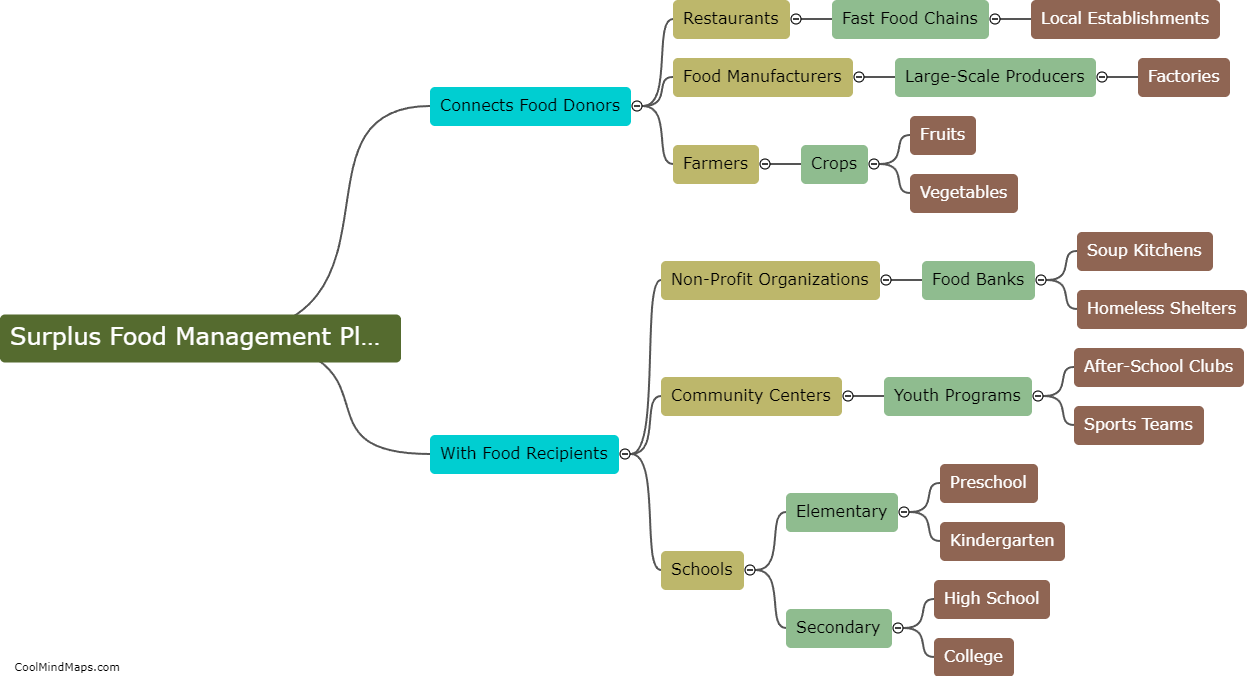What are the main components of a surplus food management platform using GPS technology?
A surplus food management platform using GPS technology primarily consists of three main components. Firstly, it relies on a GPS tracking system that allows food donors, such as restaurants or grocery stores, to accurately pinpoint their location and provide real-time updates about surplus food availability. This enables efficient coordination and communication with food recovery organizations or NGOs that can distribute the excess food to those in need. The second component includes a user-friendly mobile application or website that allows food donors to easily register, upload surplus food details, and request pickups. Additionally, it facilitates end-users, like food banks or shelters, to browse and request available food items. The third and crucial component is an administrative dashboard that provides detailed analytics, reporting, and monitoring of surplus food transactions. This includes data on food donations, pickups, distributions, and impact assessment, aiding in better management and optimization of the surplus food ecosystem.

This mind map was published on 20 September 2023 and has been viewed 150 times.











